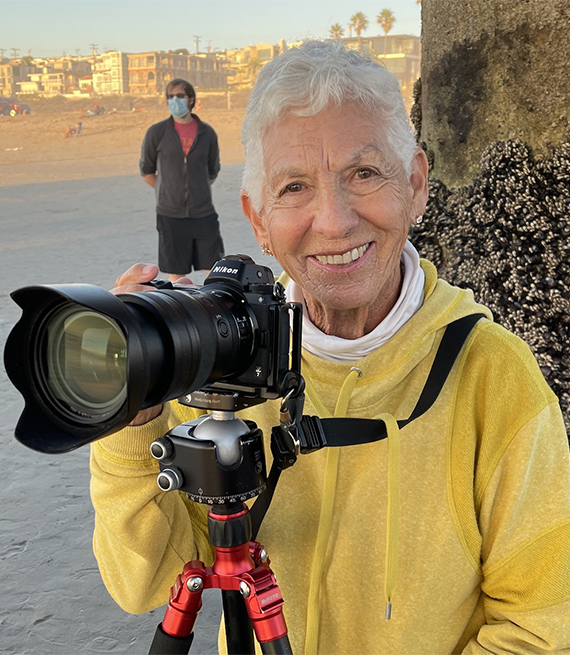Staying Fit


The best camera, as they say, is the one you have with you.
And considering that as of last year 96 percent of Americans now own a mobile phone — from a simple flip phone to a minicomputer smartphone — you likely have a device in your pocket or purse to capture memories and share them with those who matter. You might be surprised at just how good phones are getting at taking photos and shooting video.


AARP Membership— $12 for your first year when you sign up for Automatic Renewal
Get instant access to members-only products and hundreds of discounts, a free second membership, and a subscription to AARP the Magazine.
This is especially true for the latest smartphones, which have greatly improved cameras compared with earlier models. But you can do a few things to truly get the most out of your images.
For some “phonography” tips and tricks, AARP caught up with Jefferson Graham, USA Today technology columnist as well as host and producer of an online travel photography show, Photowalks. Graham also is putting the finishing touches on a book, 52 Great Tips to Improve your iPhone Photos and Videos, to be published in February.


1. Get in close
"Even though the latest smartphones have better optical zoom to help you get closer to the subject, use your feet to get closer to the subject. It will be a much better-looking photo,” Graham says. “The only way to get up close and personal is to get up close and personal.”
So unless you want a lot of the background in your photo, fill the whole frame with your subjects. Using your camera's zoom to simulate getting closer to your subject can lower the resolution dramatically and won't look good if you decide to print the image larger later.
Moving closer also means you can capture more facial detail, such as freckling, a dimple or a stunning detail of someone's iris. But play around with how close is too close. That “macro” shot of, say, a flower, might look blurry when you look at it later on a computer screen or television.
2. Pay attention to lighting
Avoid using your phone's flash. The bright LED flash can result in overexposed images and washed-out colors. Instead, use whatever light is accessible to you, indoors and out, to capture the most flattering shots.
"If you're outside, shoot on cloudy days as they diffuse the sun or try to shoot in the shade,” Graham says. “If the sun is out, be sure your back is to the sun and not your subject's or else they'll look like a silhouette.” Similarly, if you're photographing someone indoors, avoid placing the person near a window.


































































More on Personal Technology
10 Easy Hacks to Get More Out of Your Devices
Try these free tech tricks to save time, money and stressHow to Easily Digitize Photos to Preserve Your Memories
DYI and save money. Use a professional to save time